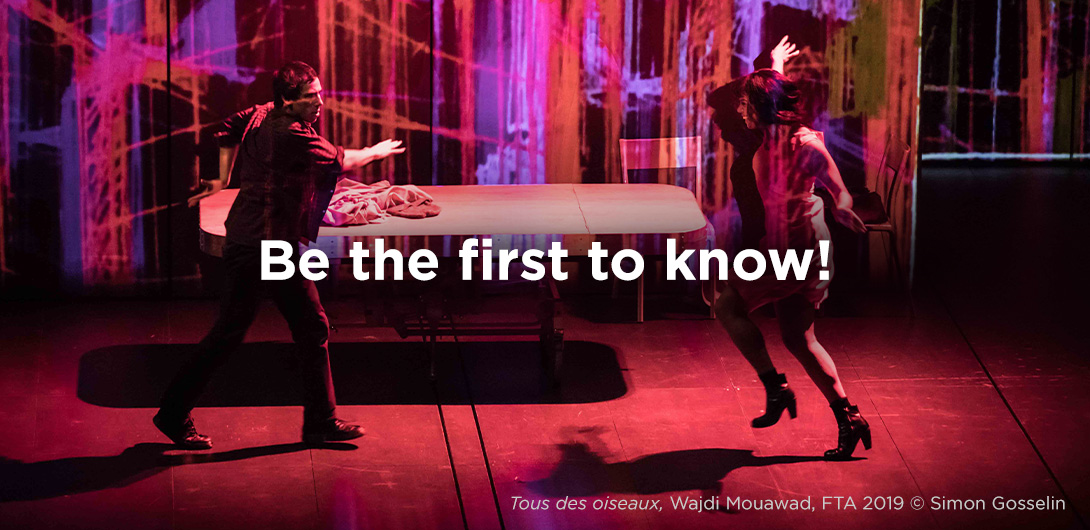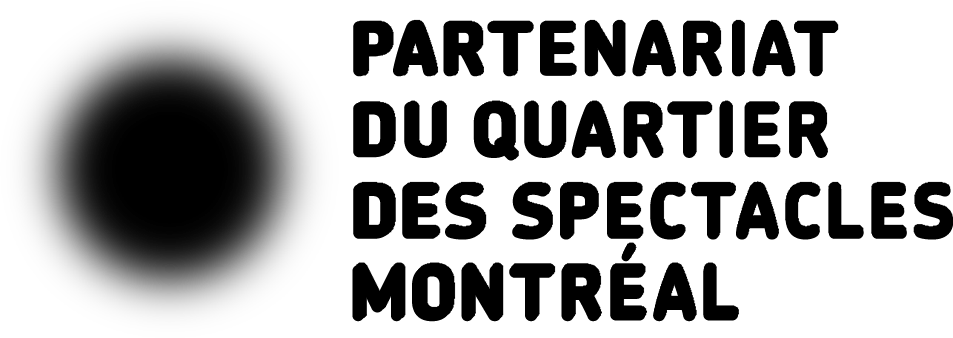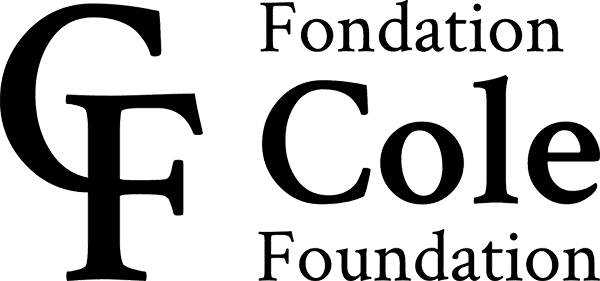Your longstanding friendship with the artist Waira Nina, who belongs to the Inga people of Colombia’s Amazonia region, is at the heart of the work in progress you’re presenting at this edition of FTA. Who is Waira, and how did your relationship develop?
Waira is a tremendously brave Indigenous leader, a storyteller, and an interdisciplinary artist. Her people live in Colombia’s Caquetá department. Waira’s mother, Natividad Mutumbajoy, was a very influential elder, who received the International Linguapax Award in 2006 for her work in preserving the Inga language. Their family has contributed a lot to the political, cultural, and spiritual revival of their people.
Waira’s life has been impacted by tragic events. Her community has found itself in the middle of several armed conflicts, suffering a lot of violence. Her land has been ravaged by paramilitary forces, the former Revolutionary Armed Forces of Colombia (FARC) guerrilla group, other armed groups, illegal cultivation (coca, poppy, etc.), mineral extraction, the activities of international corporations, and more. Two of her brothers, who were Indigenous leaders and environmental activists, were assassinated.
I met Waira in 2003 while I was doing my master’s degree in peace studies and international conflict resolution in the Basque Country. She had been invited by the UN to lead an intensive training course on international Indigenous rights alongside other Latin American leaders. In 2009, I went to Colombia to take part in a festival, giving me the opportunity to pay a visit to Waira. We held a ceremony, during which her family spoke about the importance of building connections between Indigenous peoples in the North and South, particularly when it comes to protecting traditional medicine, and she asked me to come back with other Indigenous people. In 2011, I went back for a creative residency, as part of which Waira and I began our artistic collaboration. Since then, we have seen each other regularly.
What types of art does Waira practice?
Waira sings, gives performances, and practices sound art. She has also reappropriated the yako mama, a traditional musical instrument made from tortoiseshell played by Inga women. Besides those, she writes stories. At the moment, she’s working on a book in Inga and Spanish that’s a collection of short stories inspired by her childhood with her father and grandfathers, who were taita (traditional doctors who dispense ayahuasca medicine).
What role does your work with sounds and languages play in your respective practices?
Both of us like to collect sounds, document the life around us, and record interviews that we conduct in the community, especially with elders.
For our workshop at FTA, we want to push vocal improvisation further and discover ways to make our languages and lands resonate with others. The idea is to construct a singing forest. Our collaborators notably include the Colombian sound artist Leonel Vasquez, who creates objects that enable what is inaudible to produce sound. For example, thanks to actuators, the sacred song of an elder can emerge from a tree trunk.
Working with languages, particularly Anishinaabemowin, has always been present in my plays. There’s both a political and poetic aspect to making Indigenous languages heard on stage. With Waira, since our common language is Spanish, it’s necessary to work in multiple languages. From an artistic perspective, we will try experimenting with ways to make five languages—two Indigenous, three colonial—co-exist on stage. Maybe we’ll have to create a language without words.
Is that why colours are so important in your creative process?
When we started our collaboration, Waira was unfamiliar with dramaturgy tools. That led to the idea of using colours as a starting point. They represent a powerful dramaturgical approach, allowing us to examine the perceptions of each one and develop a pathway via which our respective worldviews and knowledge come together.
We will soon begin a dramaturgical residency at Espace GO with the aim of exploring all the material we’ve accumulated along with our main collaborator Sarah Williams and our playwright Yohayna Hernández González. It’s a process that mixes documentary theatre, performance, voice and sound work, video… The resulting performance will be an artistic expression of our collaboration, which centres on creating a platform for exchange between Indigenous peoples of the North and South.
Is this performance with Waira part of a creative cycle about a specific theme?
This show is actually the second part of a creative cycle about love in its different forms and varieties. For Neechemus, presented at Espace GO in January 2023, I brought together Indigenous and black women from different generations around the themes of love, pleasure, sensuality, and eroticism. In our project, Waira and I focus on another facet of love: friendship.
More specifically, we began with an initial research question: How do you be a good ally, particularly in the context of a relationship between a privileged Indigenous person from the North, living in the land known as Canada, and an Indigenous person from the South whose country has been devasted by Canadian mining and oil companies? What does it mean to be a friend, in the profound sense of friendship?










